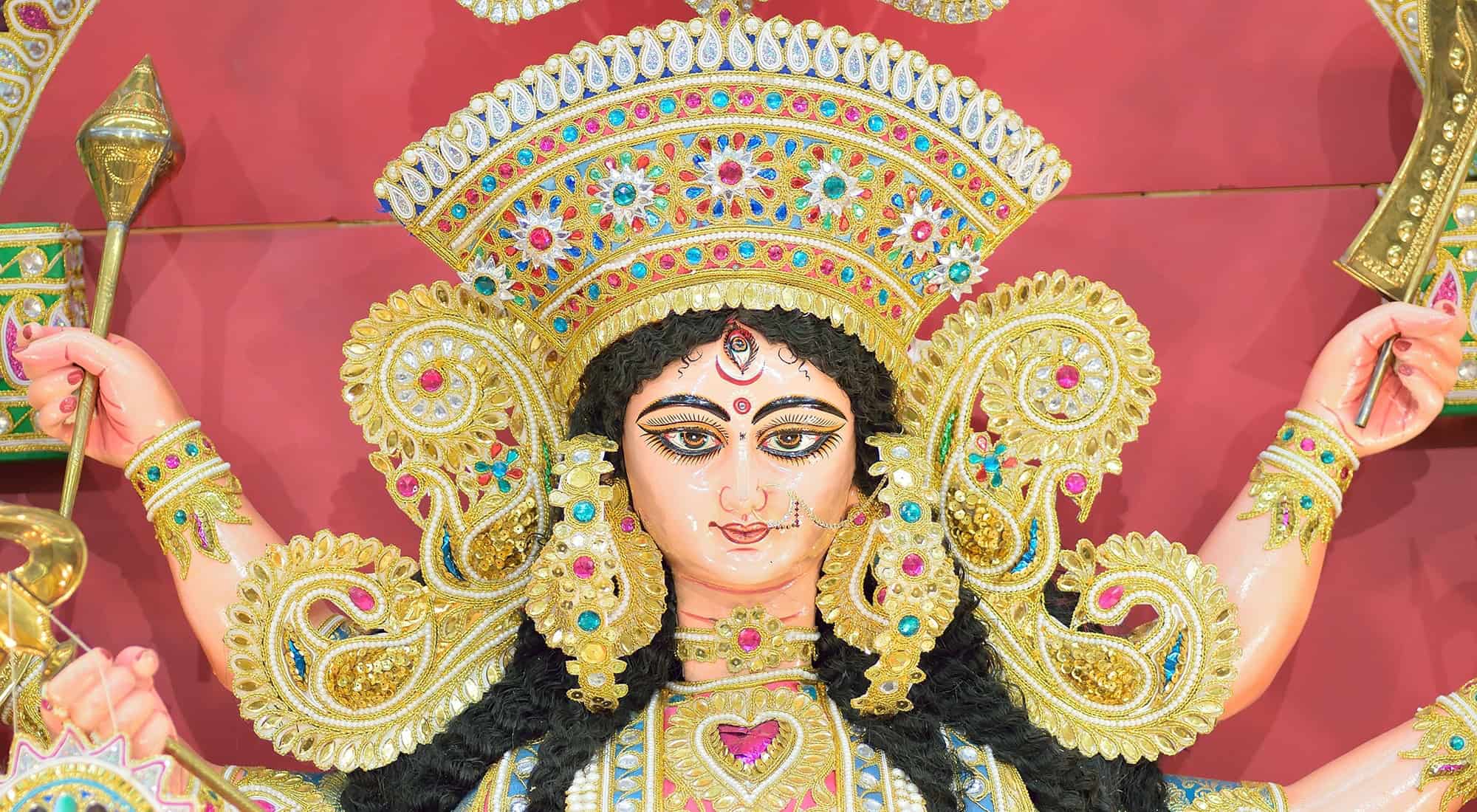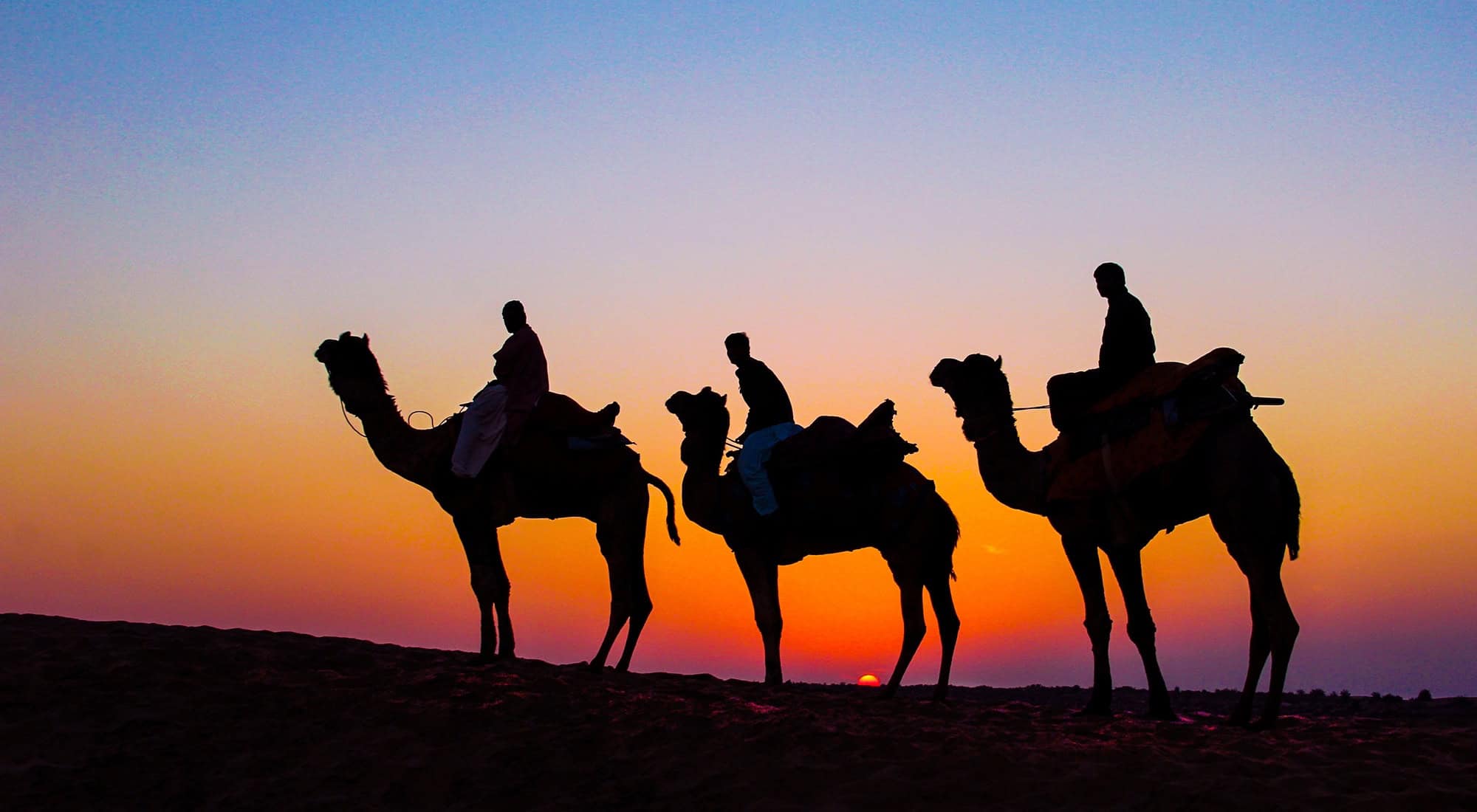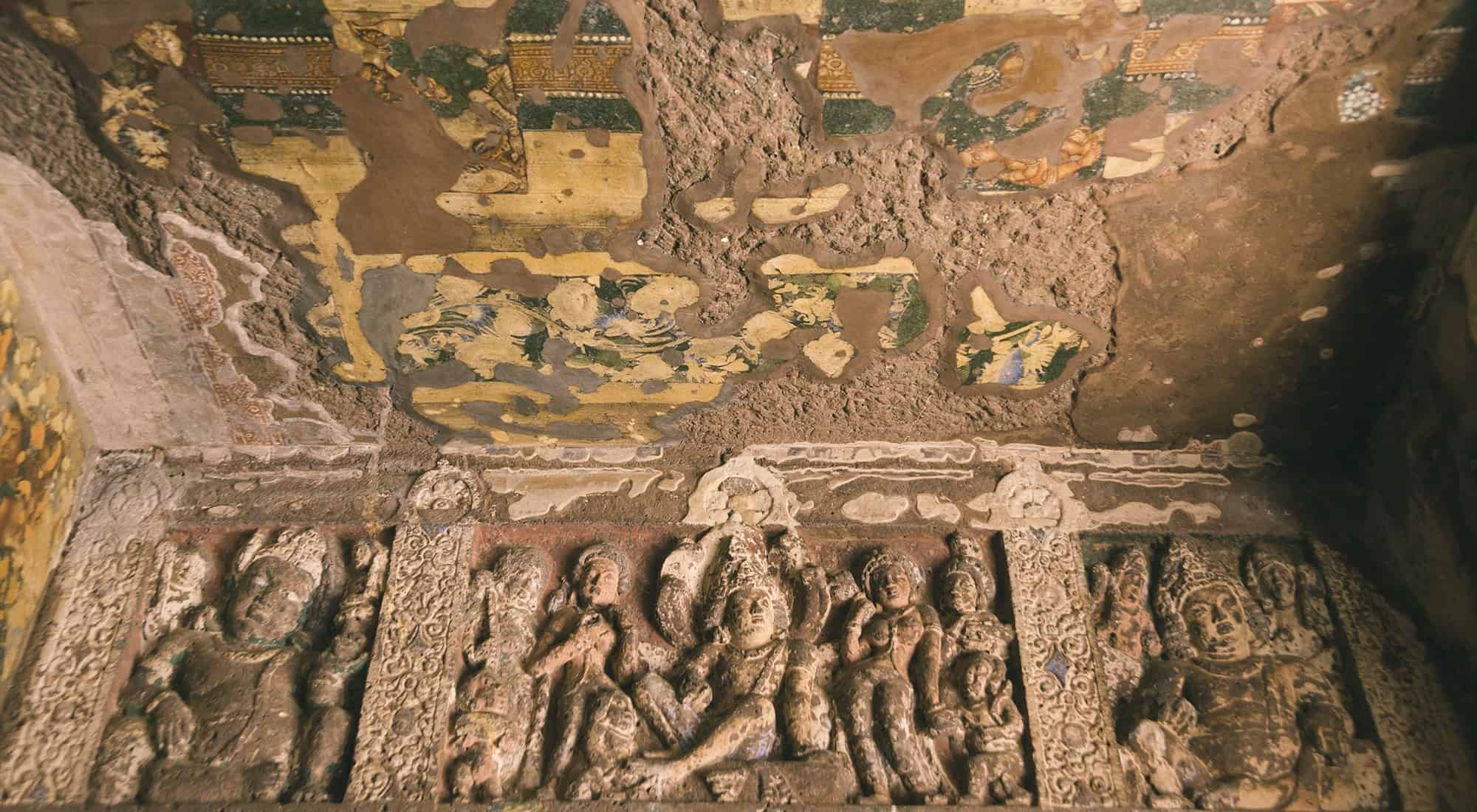Silk has been woven in India for more than 3500 years and continues today with the weaving of natural-coloured wild silk called tassar. Bengal silk has had a revival in the exquisite brocade weaving of baluchari saris, produced in the past under royal patronage and now carried out in Bankura. The saris are woven in traditional style with untwisted silk and have beautiful borders and pallu decorations, depicting peacocks, flowers and human figures. Fine cotton is also woven.
The Bankura horse has become a symbol of West Bengali pottery, which is still produced in the districts of Bankura, Midnapore and Birbhum.
Soft soap stone is used for carving copies of temple images, while shell bangles are considered auspicious. Ivory carvers once produced superb decorative items, a skill developed in the Mughal period; today, bone and plastic have largely replaced ivory in inlay work. Metal workers produce brass- and bell metalware, while the tribal dhokra casters still follow the ancient cire perdue method.
Kalighat pat paintings are in a primitive style using bold colours.










